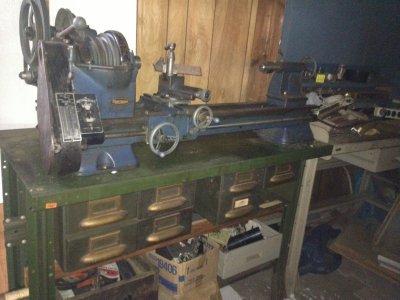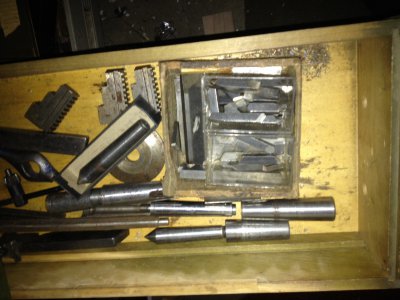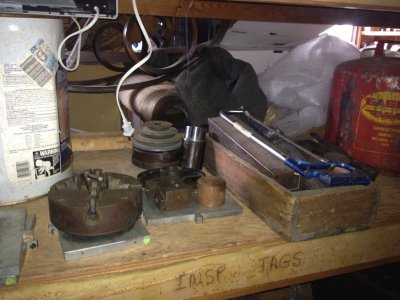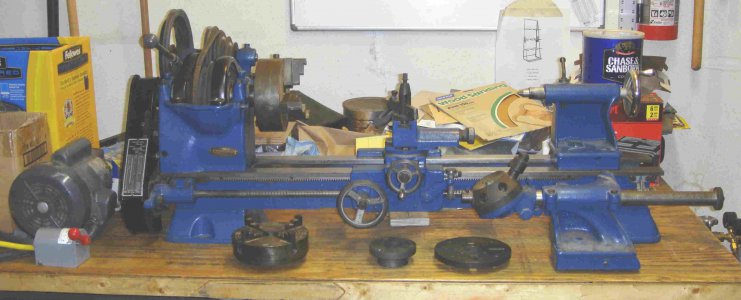- Joined
- Mar 22, 2014
- Messages
- 19
Whilst I was working this weekend, my lovely bride scored a new metal lathe for me. What a woman! I have no idea what model Craftsman Metalcraft it is; I just know that it is at home in my garage for the low, low price of $150.00. Apparently, the old man that owned it took a shine to my lady. He originally wanted $300.00 (which I was willing to pay!) but she wasn't sure if I wanted it. When she left the sale, he told his partner that if she came back for it to give it to her for $150. Did I say that I love this woman?
So, be prepared for a lot of questions during the whole clean up phase. I don't intend to do a rebuild at this time, just a clean and lube then use.



So, be prepared for a lot of questions during the whole clean up phase. I don't intend to do a rebuild at this time, just a clean and lube then use.





